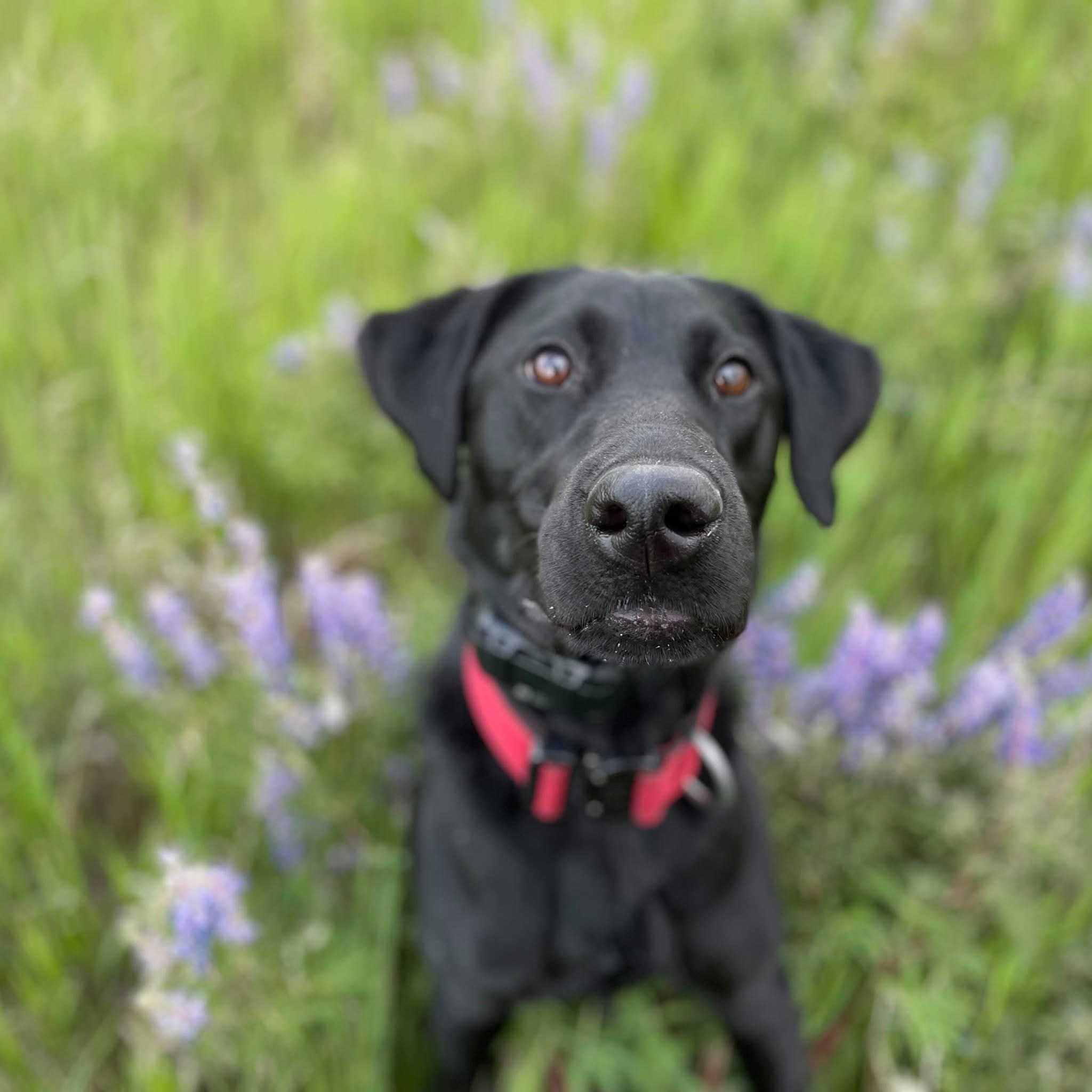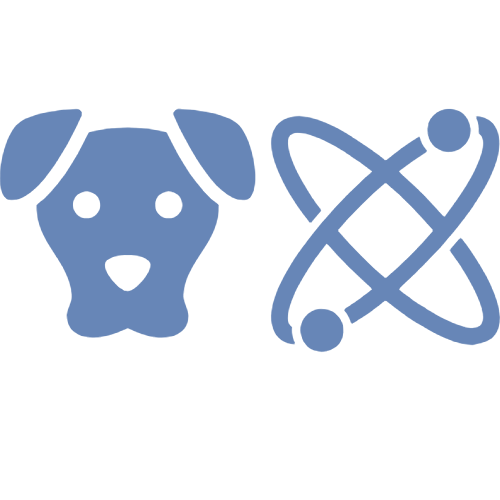Synergy in Motion
The Handler’s Journal
Edition 05 – July 10, 2025
Title: Synergy in Motion: What Happens When Everything Aligns
Synergy is when the work becomes more than the sum of its parts—dog, Handler, terrain, and thought - coming together to create something new.

Synergy in Motion: What Happens When Everything Aligns
The Concept
We often think of detection work as a sequence: train, cue, search, reward. But the best sessions—the ones that stick with us—feel like something more. They feel like alignment. Like flow. Like something clicked that was bigger than either Handler or dog alone.
That’s synergy.
Synergy happens when two elements—like timing and terrain, or knowledge and instinct—interact in a way that multiplies their impact. It’s not about doing more. It’s about things working together more intelligently, more harmoniously, more purposefully.
The Layers of Synergy in Our Dog World
1. Handler–Dog Flow
When our posture, timing, and intention match our dog’s rhythm, something shifts. We stop managing and start co-moving. Trust becomes tactical.
Try this: Run a silent search—no verbal cues. Watch what shows up, and reflect: Who adapted to whom?
2. Dog + Terrain
Our dogs aren’t just in the environment—they’re working with it. When odor is sparse or trapped, terrain becomes information. Our dogs show us how to read the land in motion.
Train this: Design drills that layer terrain variables—rocks, roots, slope, weather—with odor placement. Let the land become part of the lesson.
3. Science + Intuition
Understanding how VOCs behave gives us structure. But intuition helps us sense what the data doesn’t show. Synergy happens when science sharpens our instincts—and when those instincts help us apply the science with nuance.
Think on this: When have your instincts confirmed the science? When have they diverged? What did you learn from each?
4. History + Canine Capability
Knowing how people buried their dead shapes where and how we search. Our dogs then either confirm or challenge that hypothesis. It’s a collaboration across centuries.
Apply it: Build scenarios that merge historical or cultural knowledge with search patterns. Let the past shape your deployment strategy.
5. Multi-Dog Team Dynamics
Each dog brings a different problem-solving approach. One might sweep wide, another stay focused and deep. Together, they provide a more complete picture.
Watch for it: Don’t just log alerts. Observe how each dog worked the terrain. Where did their strengths overlap—or diverge?
6. Training Plan + Adaptation
Structure gives us a direction. Adaptation gives us insight. When a dog shows us something new mid-session, we can either redirect—or learn.
Build this: Practice flexible planning. Go into a session with a goal—but be ready to shift based on what the dog reveals.
7. Community Synergy
When one Handler shares a challenge and another offers a new angle, we all rise. The Society becomes more than a network—it becomes a force multiplier.
Not just because we’re together, but because of how we engage.
What Synergy Feels Like in Our Community:
A problem one person couldn’t solve becomes a group breakthrough.
A lesson from one mission gets reshaped and reused by another team.
A quiet reflection becomes a shared turning point.
A failed session becomes curriculum the next week.
So What Does This Mean to Me?
Here’s how we build synergy—on purpose:
1. Use Open-Ended Check-Ins
Ask reflective questions instead of surface ones.
Try: What did your dog teach you this week? What’s one training decision you’re proud of?
2. Try Peer-to-Peer Spotlights
Invite another Handler to share a short field insight or challenge. Curiosity breeds synergy.
3. Run Scenario-Based Conversations
Pose a fictional or anonymized real-world problem and have Members respond with their approach. Different minds = expanded toolkit.
4. Pair Across Disciplines
Connect archaeological Handlers with law enforcement or explosives teams. Share search patterns, insights, and problem-solving styles.
5. Use Breakout Reflection Rounds
After a session or discussion, enter small groups with prompts like:
What’s one thing you’re going to try because of this session?
What’s one question you still have?
6. Post Monthly “Tactical Takeaways”
Whether it’s in your own training group or inside a learning community, create a place where handlers share one insight, tool, or lesson that worked for them. Over time, this becomes a living, crowdsourced fieldbook—and a source of ongoing synergy.
Want access to a community where this is already happening? OdorQuest and The Society for Dogs were built with this in mind.
Want to explore this deeper?
Download the Synergy in Motion: A Reflection Tool for Handlers (link). It’s designed to help you spot where synergy is already happening in your work—and where it’s ready to grow. From Handler–dog flow to peer insight, this worksheet offers a practical way to track alignment across your training, terrain, and thinking.
(Pro tip: You can create a PDF from this link, and then upload the PDF to GoodNotes or your favorite digital tool. Writing isn’t about record-keeping—it’s about gaining clarity and becoming more intentional in the work.)
Closer
Synergy is what happens when we stop asking, “What can I do?” and start asking, “What can we become together?”
It’s in the field.
It’s in the planning.
It’s in the way we show up—for our dogs, for each other, and for the work that matters.
Let’s train like everything’s connected—because it is.
###
Luv ya!


